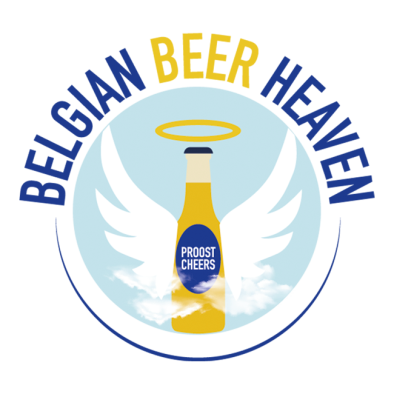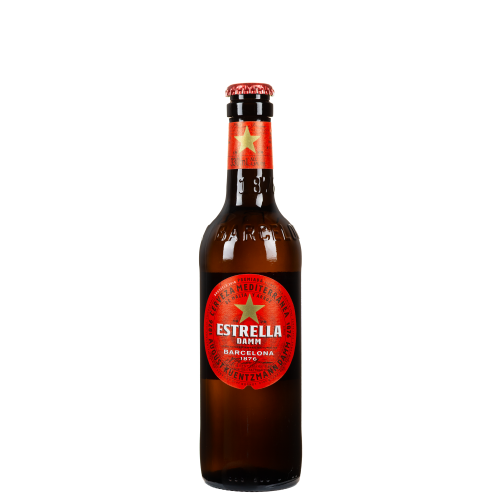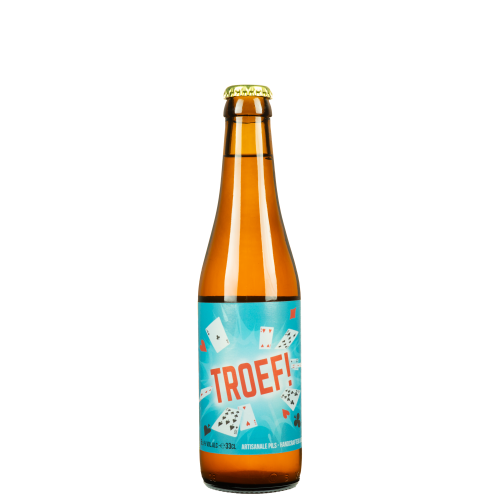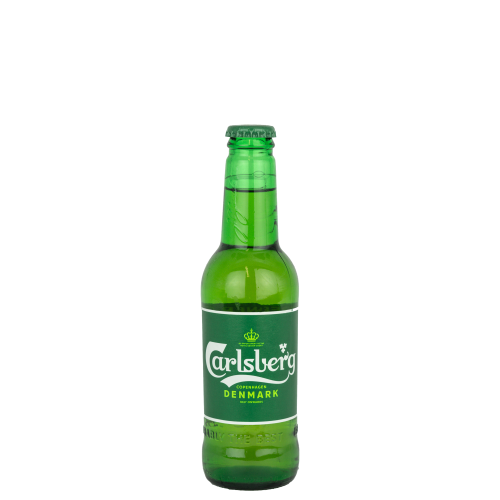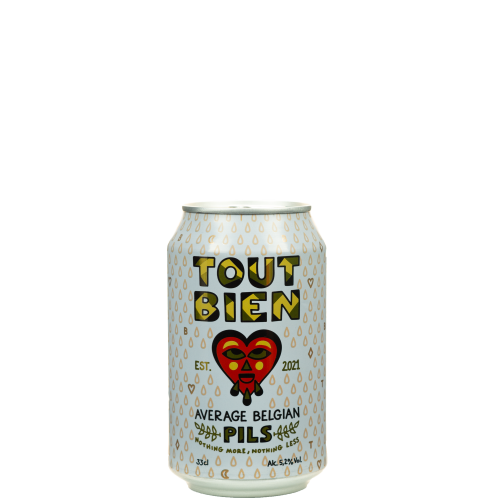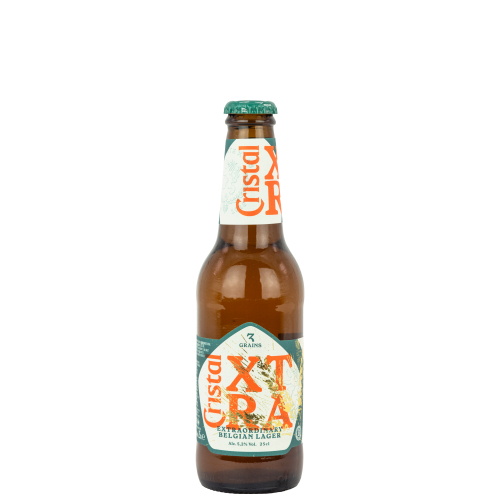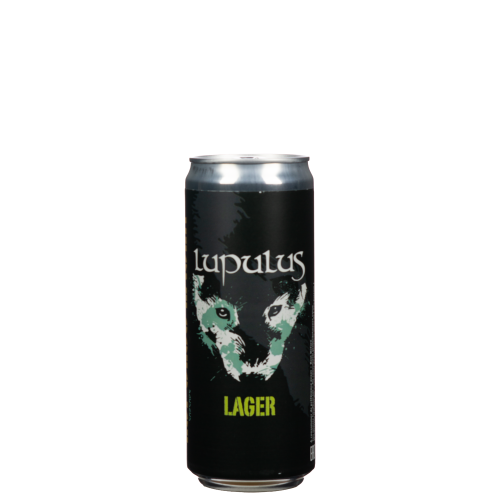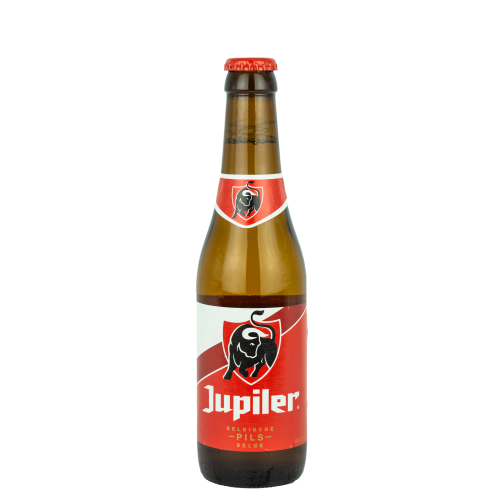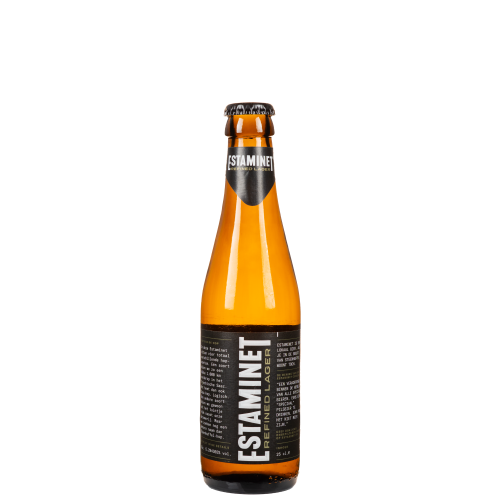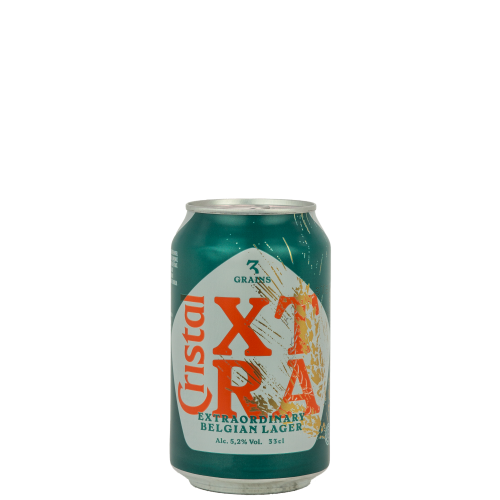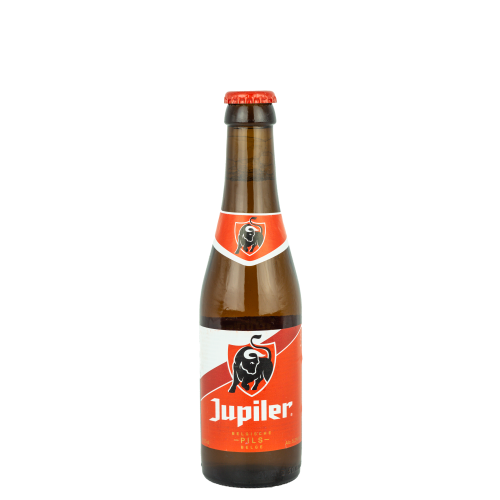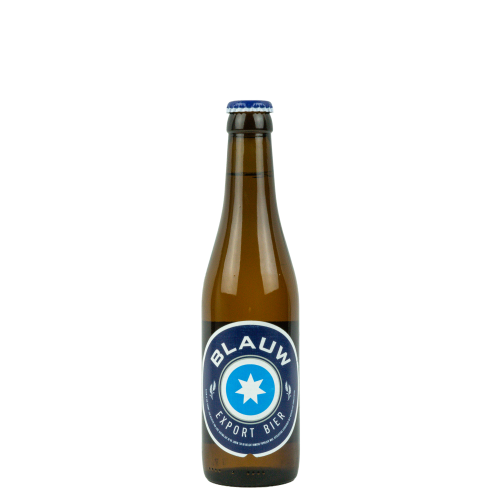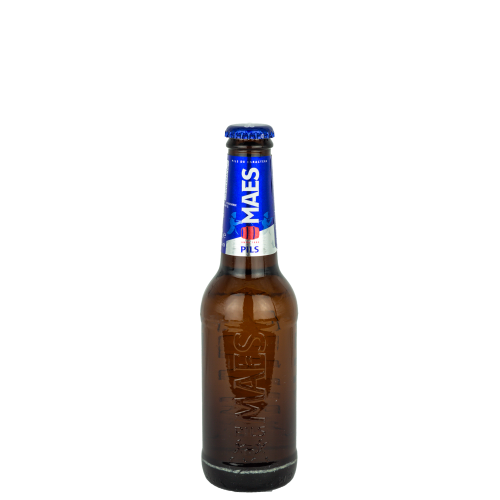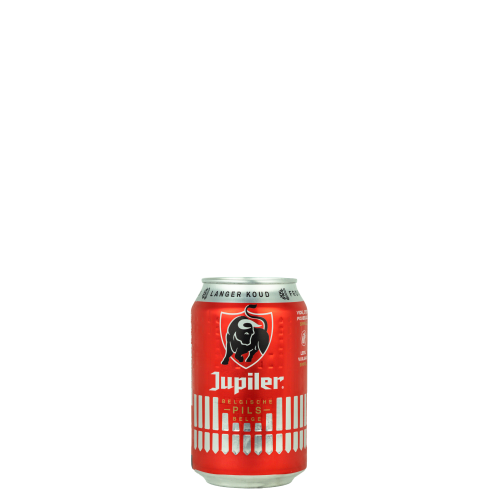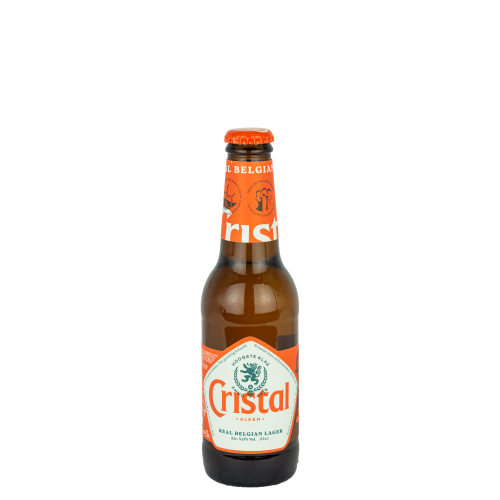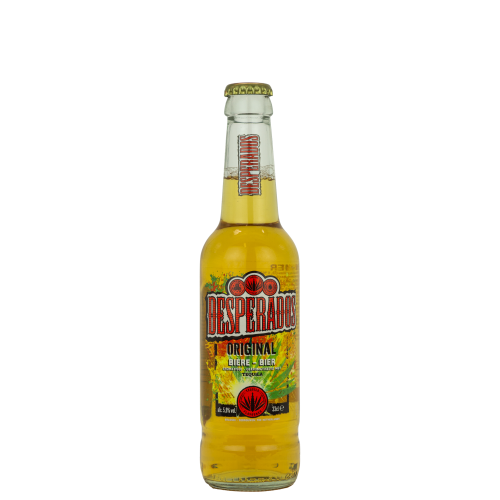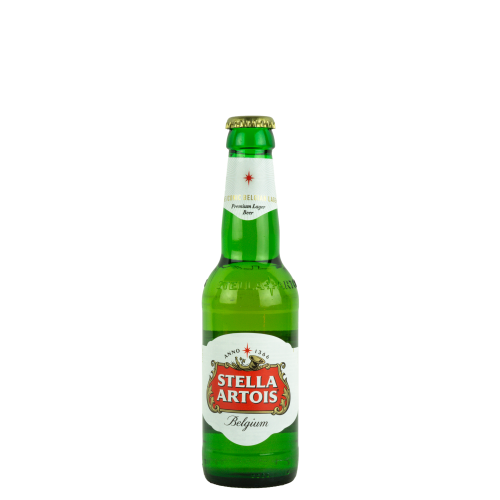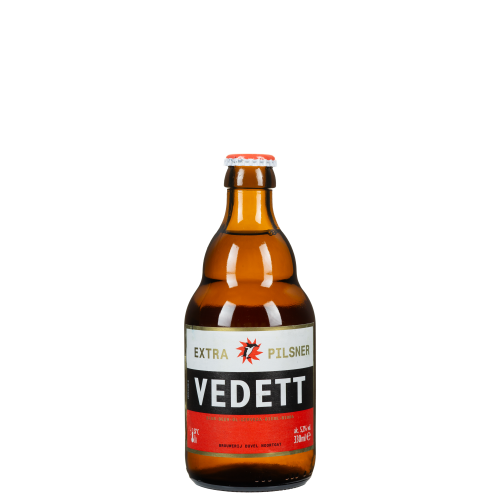Lagerbeer
In 1838, beer gushes through the streets of the Czech city of Pilsen (Plzeň). Not for the sake of revelry, but because the inhabitants are unhappy with the quality of the brews. In an attempt to turn the tide, they hire the dark man Josef Groll. He pours them a golden yellow and delicious beer four years later. Pils was born.
The tasty and smooth-drinking lager has today become the world's most popular beer. Every brewery makes its own variations. You are bound to find your taste in our wide range of Belgian lagers. Add it to your shopping basket, order easily online and take advantage of our fast and 100% insured delivery. Or contact us with your question.
The great taste of lager
Pils is brewed from a limited number of pure ingredients. Malt, water, hops and yeast form the basis. Sometimes brewers add sugar and unmalted grains such as maize or barley. These do increase the alcohol content, but do little to change the flavour. Without added ingredients, lager is a light beer with an alcohol content of around 5%. Typical characteristics are its slightly bitter taste, bright, golden yellow colour and white head.
This is how lager is brewed
Pilsner beer is a bottom-fermenting beer. It is brewed at low temperatures, between 4 and 15 degrees Celsius. In doing so, the yeast sinks to the bottom of the vat, unlike with top-fermenting beers, which are brewed between 15 and 25°C. The beer matures for about 4 weeks in the cold room. In Anglo-Saxon countries, this is why pilsners are still called 'lagers', after the German verb 'lagern', meaning 'to mature'.
In the past, maturation often took place in mountain caves, underground tunnels or deep cellars. Josef Groll, for instance, brewed the first bottom-fermenting beers in the tunnels under Pilsen, which merchants had built centuries earlier. The name pils comes from the Czech town, as do related terms such as pilsner beer, pilsener and pilsner. Today, lagers usually mature in special cooling tanks.
The lager Josef Groll brewed was given the name Pilsner Urquell years later and is still made in Pilsen. After his contract in the Czech Republic ended, Groll returned to his father's brewery in Vilshofen an der Donau, Bavaria, where he continued to develop pilsners. In the Netherlands, pils was therefore also known as Bavarian beer.
Pils, the world's most popular beer
Within a few decades, lager grew to become the most widely consumed beer in the world. Today, it still accounts for about 80% of our beer consumption. Its enduring popularity is due to a combination of factors.
- Modern industrial techniques enabled greater production and distribution of lager.
- Its tasty but flat taste appealed to a wide audience.
- Brewing and serving at cool temperatures and the low alcohol content made lager the perfect thirst quencher.
- Breweries cleverly capitalised on the huge popularity with targeted advertising campaigns.
- The new beer glasses revealed the bright, attractive colour of lager.
The most popular Belgian pilsners
Pils is still widely brewed in the Czech Republic and Germany, among others. Among Belgian beers, we also find many famous lagers.
- Launched as a Christmas beer, Stella Artois became Artois brewery's best-selling beer. Today, AB InBev markets it as a Premium Belgian Lager.
- The Limburg Cristal Alken from brewers Jozef Indekeu and Edouard Boes was one of the first Belgian pilsners.
- Jupiler comes from brewery Piedboeuf in Jupille-sur-Meuse. Just as a pilsner is a beer from Plzeň, a Jupiler is a beer from Jupille.
Maes, Bavik, Vedett, Bel and Primus are also well-known Belgian pilsners. Anyone trying to order a lager in a Belgian pub usually asks for a 'pint'.
Serving a lager perfectly
Pils should be served in a matching, clean glass. First pour the beer slowly down the side of the glass. This will avoid a head of excessive foam. When the glass is about half full, tilt it upright and pour the rest. A head of foam about two fingers high will form. Serve at a temperature between 3 and 5°C for the optimal taste experience. If you want to drink Belgian lager like the Belgians, leave the glass aside and drink from the fresh bottle.
Buy Belgian lager at Belgian Beer Heaven
Pilsners are a perfect way to discover the fascinating world of beer. Choose familiar favourites or try a Belgian pilsner from a microbrewery that dares to experiment more. Make your choice above and count on our 100% insured and fast shipping. Questions about your choice or your order? Contact Belgian Beer Heaven, we will be happy to help you.
